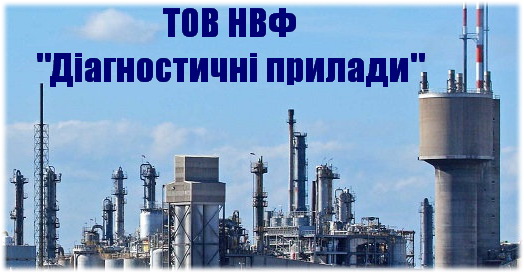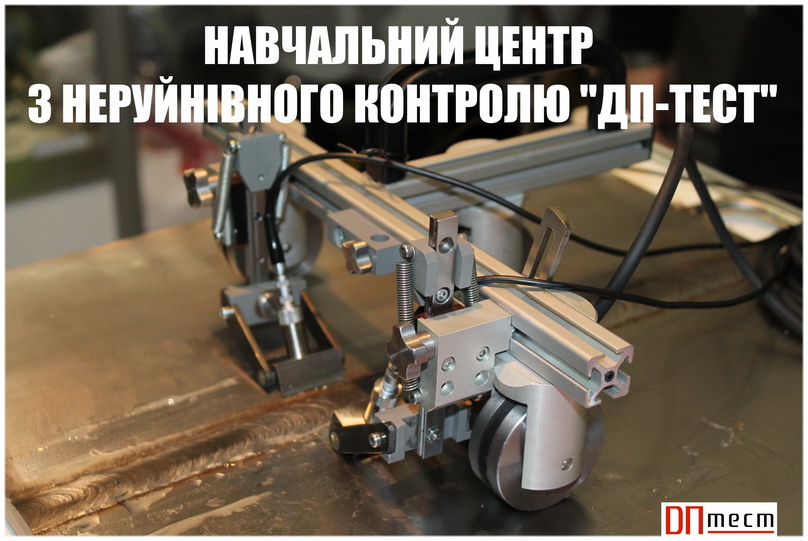In the master's thesis, a magnetic inspection system for detecting defects in the side frames of freight car bogies was developed and investigated.
Relevance of the topic:
The relevance of the topic of the master's thesis is to solve the important problem of improving the safety of railway transport by developing a modern automated method of non-destructive testing. The side frames of freight car bogies are critical structural elements that are subjected to intense cyclic loads. This significantly increases the risk of defects such as cracks and pores, which can cause serious accidents and jeopardize transportation safety.
- Hits: 330








